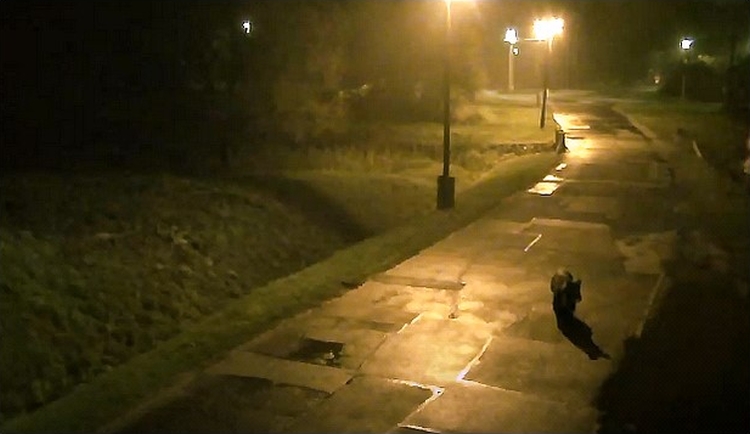ConnectGREEN - A Brown bear makes a stop in Miskolc, Hungary, during its travels
19-11-2020
What cheese do you use to get a bear out of a tree? - a 'Come-on-bear'! Probably not the best joke you have ever heard, but please bear with me. While using smelly French cheese to lure a bear out of a tree should definitely stay in the fictional world of humour, sightings of a brown bear in the outskirts of the Hungarian town of Miskolc have proven to be very real indeed.
The inhabitants of Miskolc were initially alerted to the presence of their new neighbour following the discovery of some tracks in the muddy ground as well as a tuft of fur caught on the barbs of a fence. Members of the local municipal police went on patrol during both the day and the night, their main task consisting in informing the public about how to react should they come across traces of the bear, or the animal itself.
Indeed, while the idea of a large furry brown bear in one’s backyard can be distressing, there is no need to fear these creatures so long as we behave responsibly and leave them undisturbed. Above all, one should not chase a brown bear, neither on foot nor by car, in an attempt to take a selfie or photo. Doing so could frighten the bear, potentially hampering it from successfully returning to its actual habitat and pushing it to defend itself or its cubs, thus placing the photographer and other nearby people in potential danger. Bears are shy and present little danger to humans, but we need to remember that these are wild animals that must be treated responsibly - doing so is an important step towards peaceful co-existence.

Figure 1.: Miskolc medveészlelés fénykép © Miskolc Municipal Police, source: Agrárágazat
Contrary to what many may think, brown bears feed mainly fruits and berries. Indeed, some 60-80% of the typical diet of an average brown bear is of plant origin. During the 19th and 20th century, the bear population in Hungary shrunk dramatically due to excessive hunting. Today, however, the species is strictly protected throughout the country, and numerous sightings have been reported since the 1980’s. Most often, these occur in late spring and early summer, as May and June coincide with the bears’ mating season during which they often choose to travel great distances in search of a mate.
Due to their size and migratory needs, bears, like other large carnivores, are particularly vulnerable to the destruction and fragmentation of their remaining habitats. The ConnectGREEN project strives to address this issue by identifying the ecological corridors whose maintenance and restoration is crucial to securing functioning ecosystems and viable large carnivore populations in the Carpathian region.
